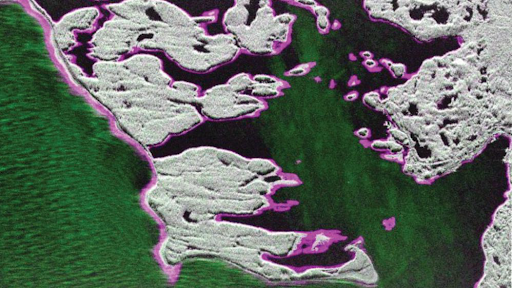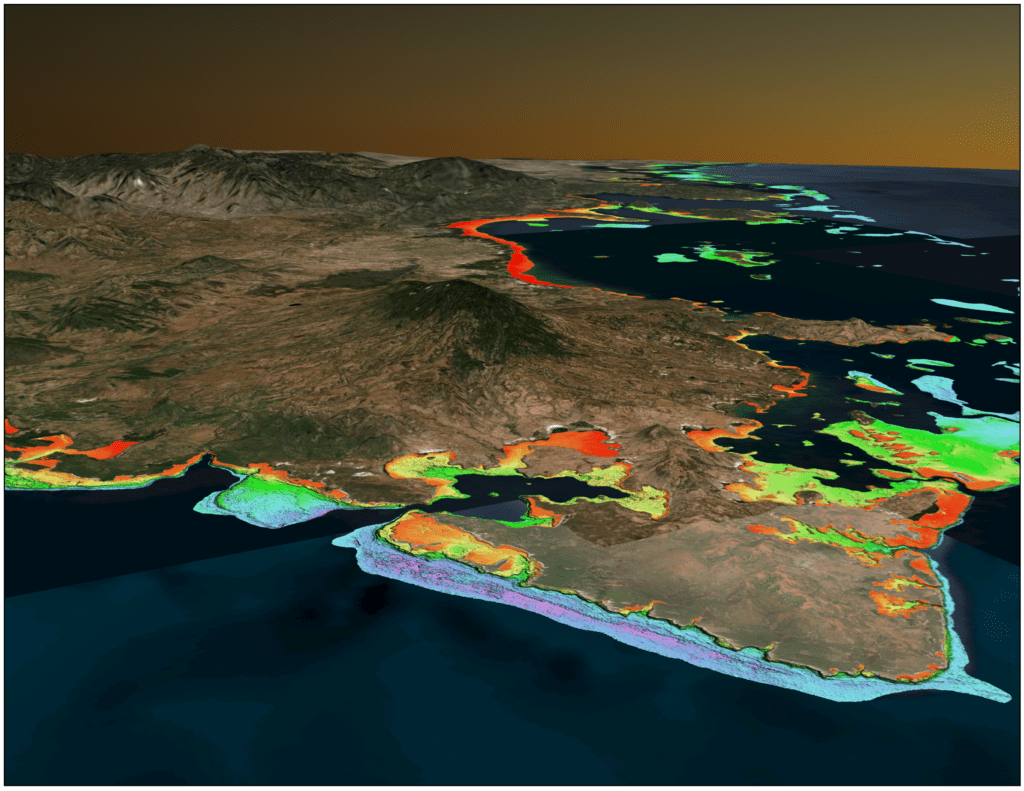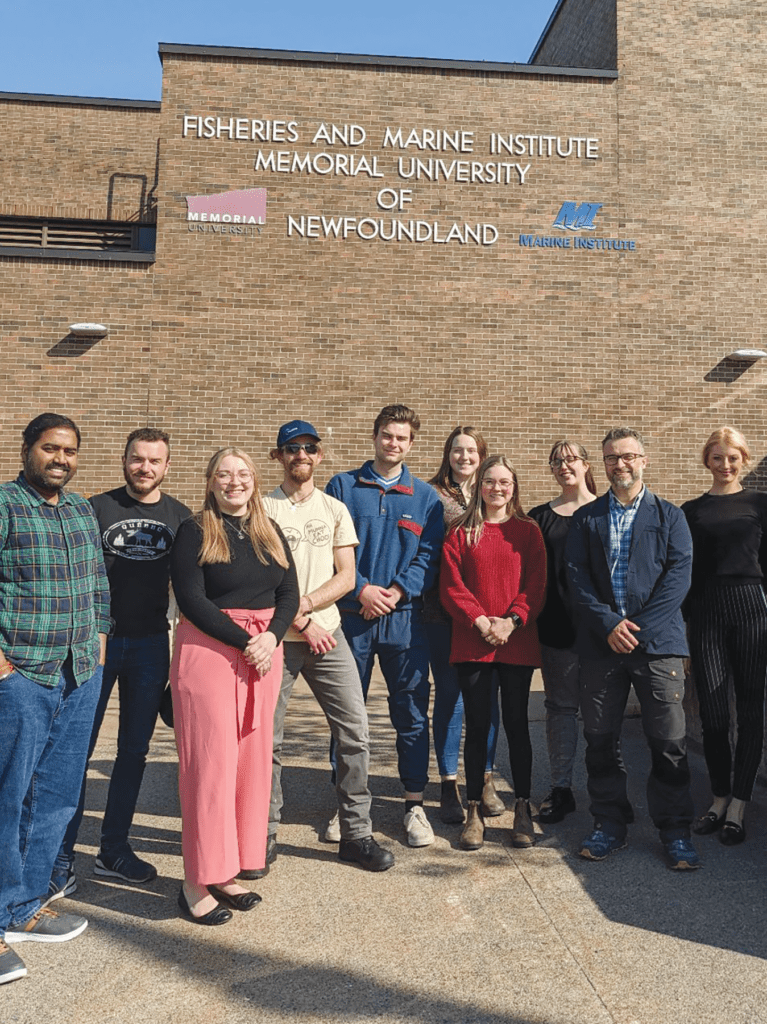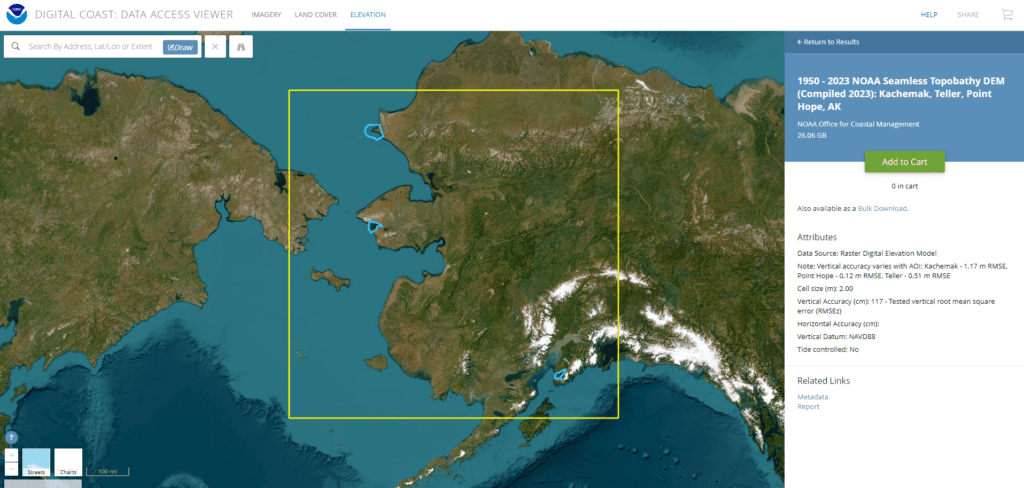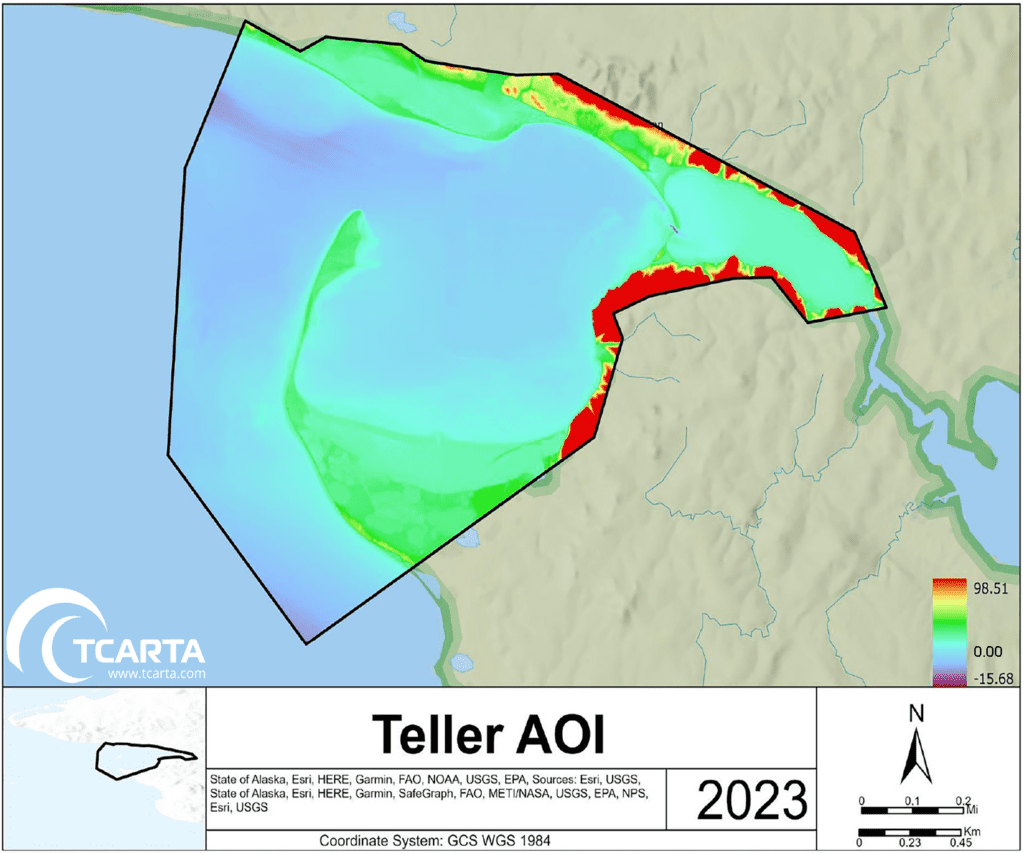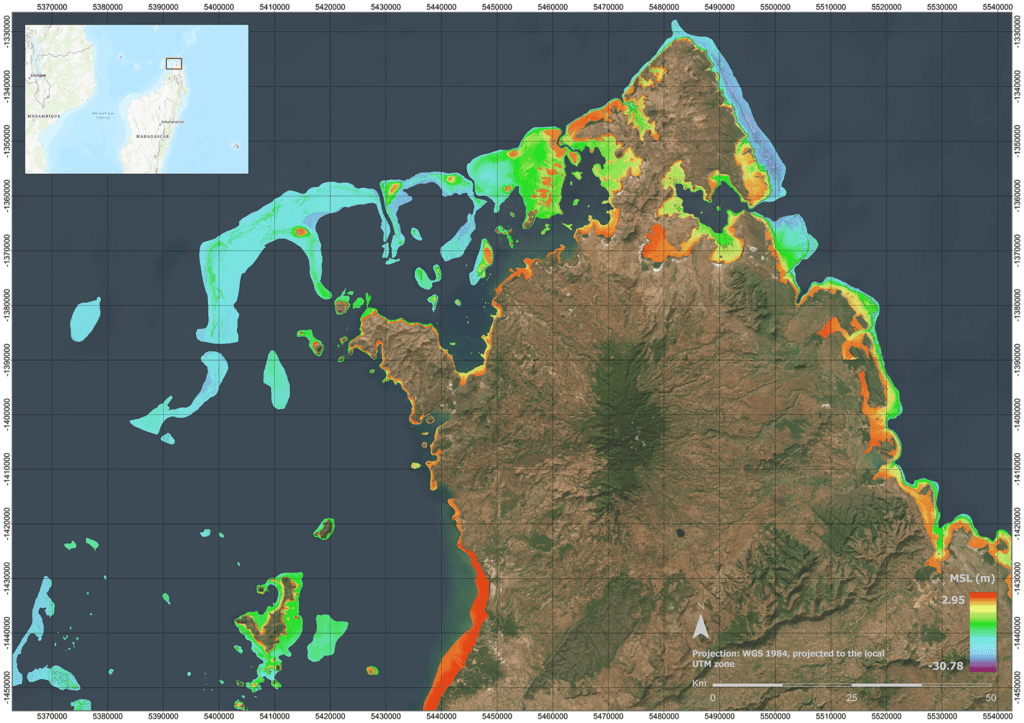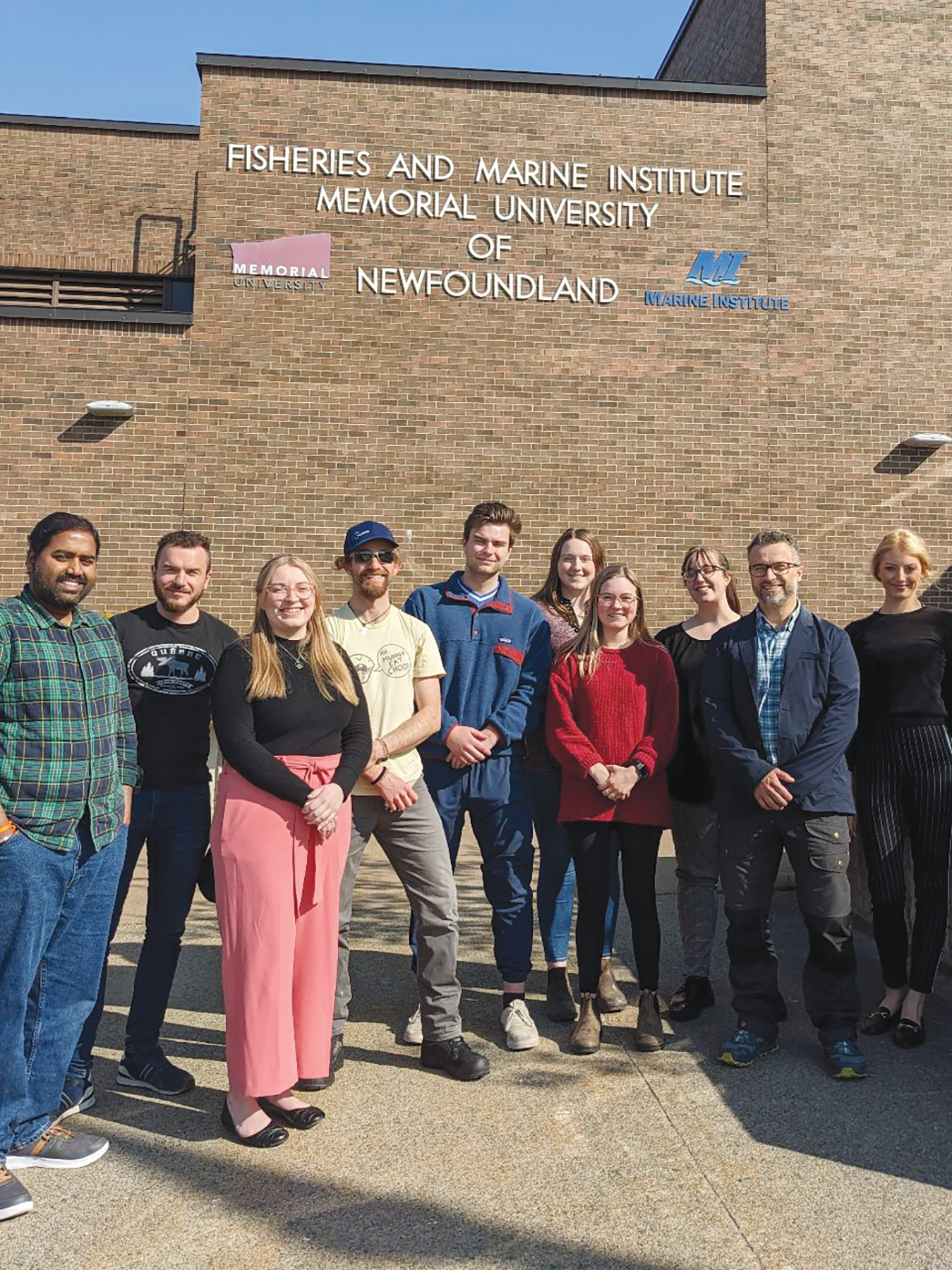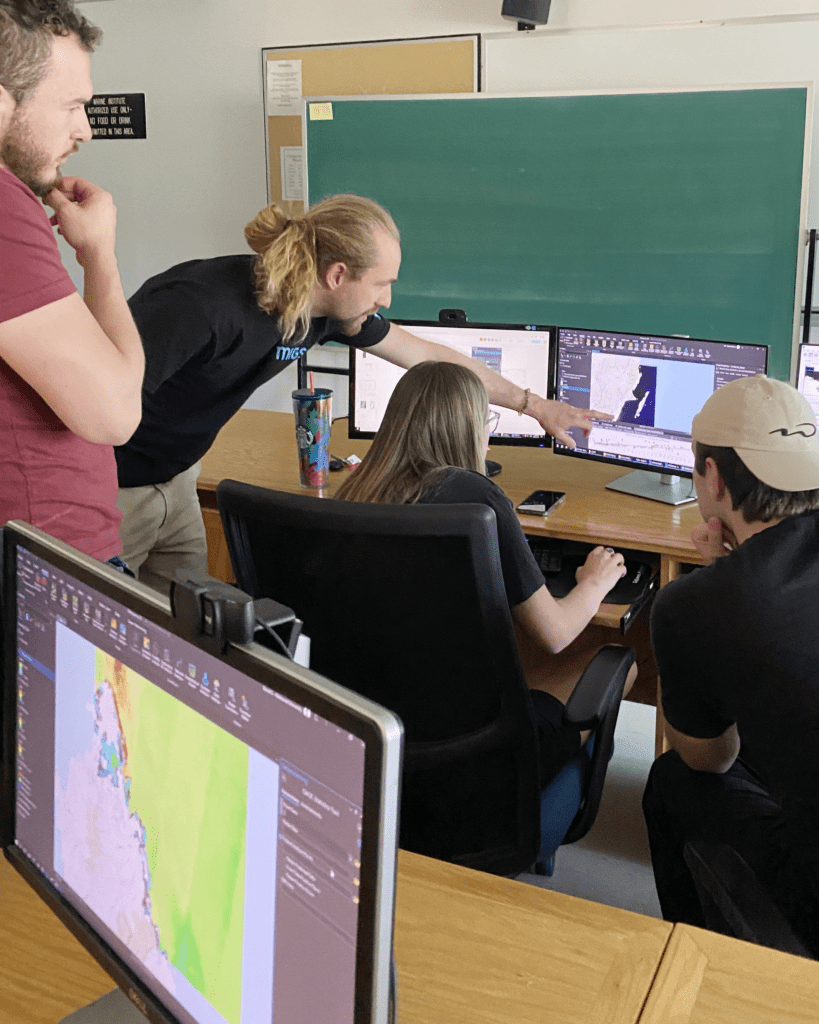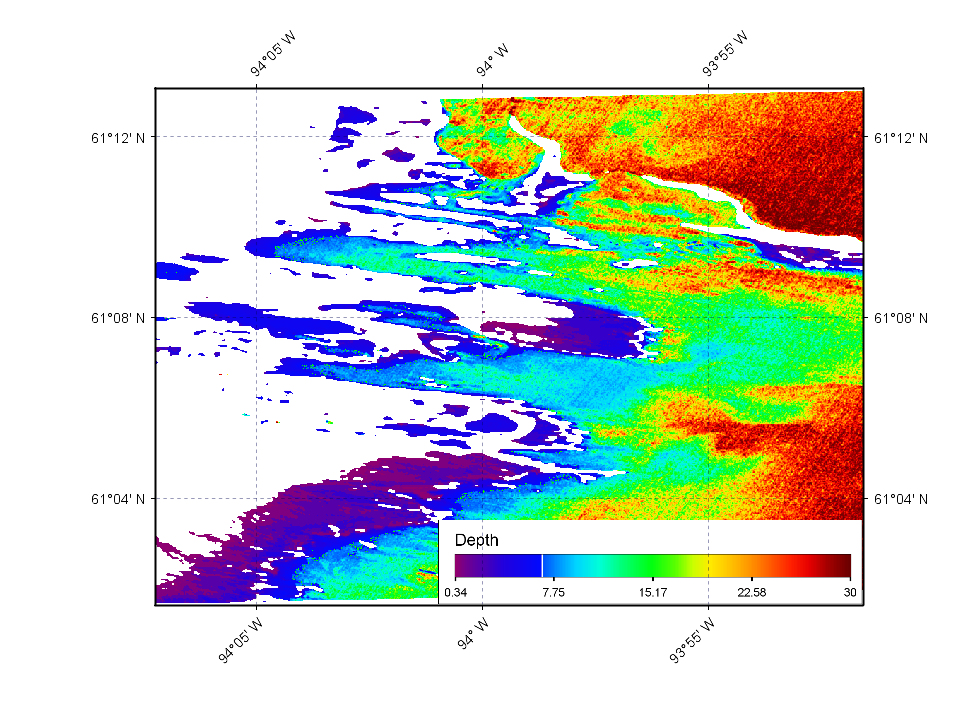By: David Bautista
Coastal zones have always been an attractive extent for human settlements, providing plenty of natural resources and economic advantages. This interface between land and sea provides multiple benefits, including commerce, trade and transportation, marine resources, and tourism.
Unfortunately, settlements in far-away and isolated regions face diverse environmental and social challenges. Limited access to health, supplies, and education services; demographic changes affecting the available labor force such as out-migration; higher costs of living; high reliance on natural resources for sustenance; and extreme weather conditions are some examples.
The effects of global warming also have a major impact on those communities, particularly in the Arctic and Subarctic regions. Remote coastal communities are more vulnerable to environmental and socio-economic impacts of climate change, including coastal flooding, shoreline erosion, saltwater intrusion, habitat loss, and threats to economic activities (fishing, harvesting, and tourism).
There is a greater need for accurate and up-to-date information, especially to understand the morpho-hydrodynamic behavior of coastal areas (seasonal changes in erosion, and transport of sediment and deposition). Monitoring these very dynamic natural systems is thus of great importance for supporting remote communities as well as the conservation of natural resources.
For this reason, governments step in to support adaptability and resilience, and adequate levels of connectivity. Bathymetry with high spatiotemporal resolution is the primary and essential input for understanding the dynamics of coastal systems. However, traditional survey methods, such as multibeam echosounder (MBES) ship-borne, Light Detection and Ranging (LiDAR) airborne, and ground-based are not the most suitable techniques for addressing these concerns.
Traditional survey methods (MBES and LiDAR) provide very high resolution with fine vertical accuracy. However, these techniques face economic and logistic constraints, as well as challenges to map large areas relatively quickly. Thus, Spaceborne Remote Sensing techniques represent an efficient and cost-effective method for mapping remote and hazardous environments.
Satellite Derived Bathymetry (SDB) can return seafloor depths using spaceborne sensors, such as Sentinel-2, LandSat, Pléiades, WorldView, GeoEye, Planet, and Capella SAR. SDB provides low-cost and un-intrusive solutions with the ability to map changes over time in large remote areas. As a result, SDB is considered to be an overly appropriate alternative to provide data acquisition in remote communities. SDB can be a cost-effective and efficient way to fill in data gaps, support safe navigation (updating nautical charts data in the coastal waters), and enhance the understanding of the marine environment.
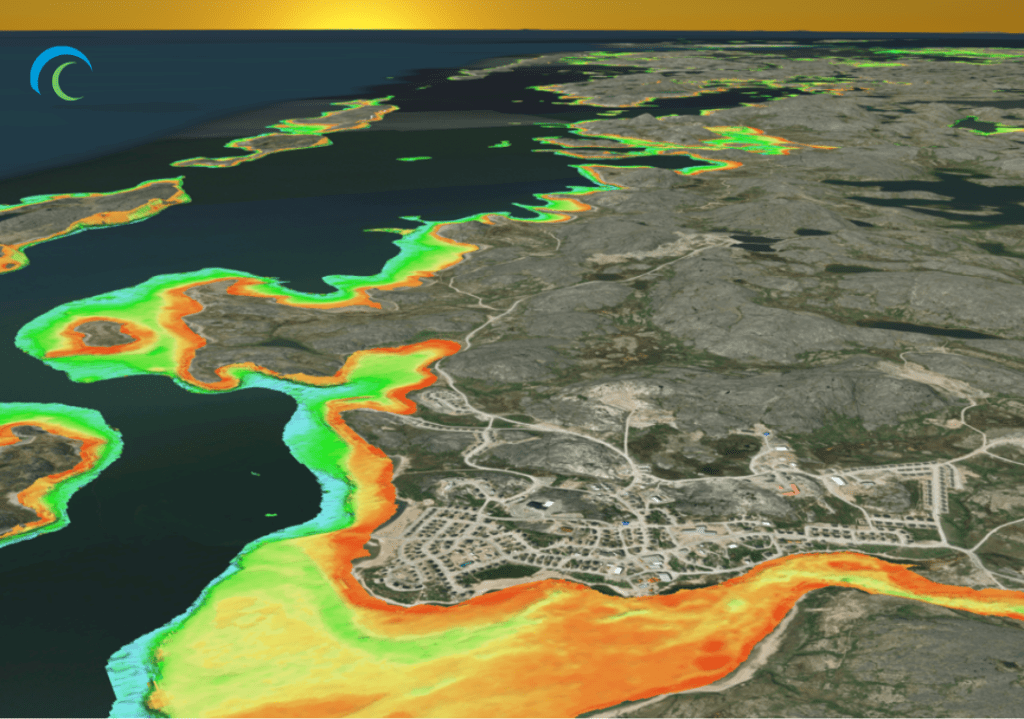
Through a Canadian Hydrographic Service (CHS) contract and with IIC Technologies as Prime Contractor, TCarta facilitated 10m SDB datasets in the waters around Inukjuak and Ulukhaktok, Canada.
Inukjuak is a remote, traditional Inuit community located in Nunavik, Northern Quebec, Canada, with more than 1,500 people bordering the Hudson Bay. The region is influenced by the Southern Arctic conditions and characterized by a cold dry climate with a continuous permafrost. The mean annual temperature is -6ºC; cold conditions persist over long periods during winter (mid-November to March), where temperatures less than -15ºC persist and thaws are infrequent. Hudson Bay usually freezes by the end of December, near the coastline, and ice usually melts in late June or early July.
Ulukhaktok, another Inuit community with fewer than 500 inhabitants, is located on the west coast of Victoria Island, the second largest island in the Canadian Arctic archipelago and the ninth-largest island on Earth. There are prominent cliffs that line the shore, lowlands, and numerous ponds, lakes, and rivers. Seasons are weather and ice dependent. Summer is characterized by open water from early July to September; during fall (October through mid-November) sea ice freeze-up, and winter is characterized by frozen sea conditions. Speed and direction of the wind influence sea ice freeze-up and breakup.
Both communities are only reachable by plane, helicopter or boat. Its economy depends on hunting, fishing, trapping, and gathering; hunters and fishers catch wildlife and fish from the waters and islands of Hudson Bay in Inukjuak and the coastal waters of Prince Albert Sound and Minto Inlet in Ulukhaktok.
Understanding the importance and relevance of surveying all optically shallow water in these regions; TCarta deployed a hydrospatial survey with cutting-edge remote sensing techniques. The negative effects of local water column and atmospheric conditions were controlled using multi-temporal image composites. Sentinel-2 Level-1C imagery was selected, and a minimum of 100 singular atmospherically corrected images were statistically combined. The combination of multi-temporal images allowed to obtain the “best” pixels for SDB derivation.
TCarta successfully delivered 982.8 km² of SDB coverage, 855.2 km² in Inukjuak and 127.6 km² in Ulukhaktok. The efforts for this hydrospatial survey will benefit both communities with up-to-date data. Lastly, TCarta is pleased to announce how the produced SDB accomplished the overlaying goals of filling the gaps in coastal bathymetry, enhancing understanding of the marine environment (especially, the fact that its economy certainly depends on hunting and fishing, and filling data gaps supports such activities), and supporting safe navigation in the Canadian Arctic. This type of project exemplifies the necessity of state-of-the-art SDB technology in remote locations, and the capabilities of hydrospatial solutions.

